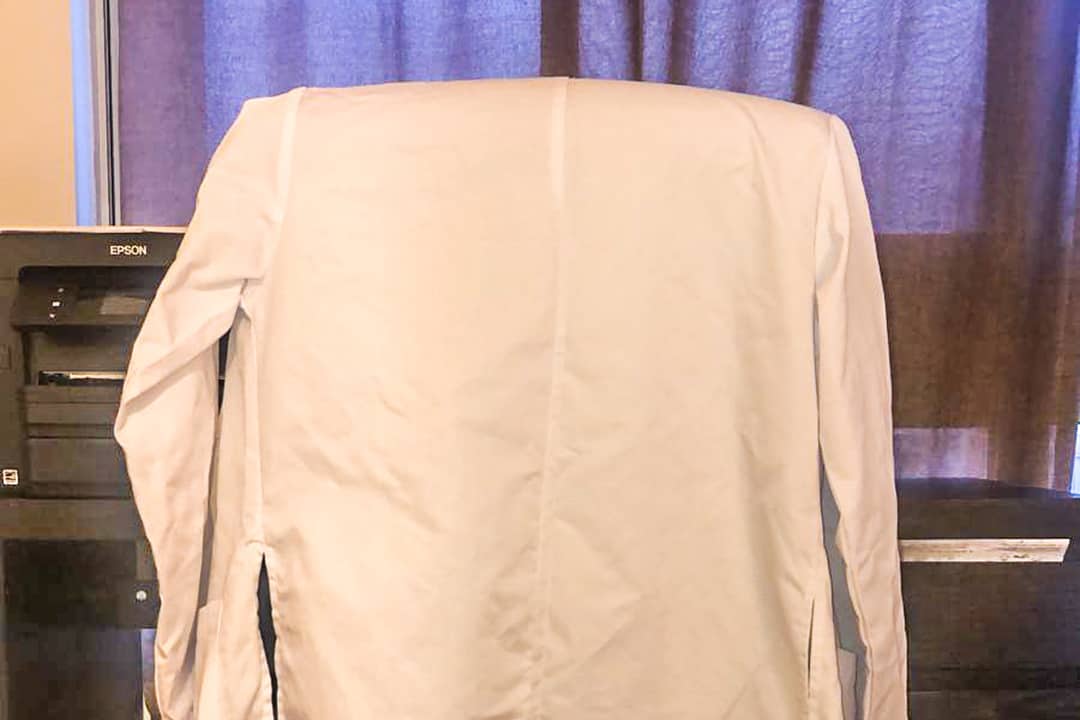Two years ago, when I started working in my lab, I did not imagine that I would ever be instructing a graduate student to carry out my experiment in the lab from the comfort of my own home. Yet, here I am.
Adapting to COVID-19 has required me to direct other members of the lab to perform experiments on site. While it was not an ideal circumstance, it was a valuable lesson in the value of collaboration in science.
Making the shift online
I started in Professor Al-Amin Dhirani’s lab studying nanostructure materials and applications in 2018 through CHM299 — Research Opportunity, the chemistry department’s offering for U of T’s Research Opportunity Program (ROP). Through my ROP, I was introduced to Mahip Singh, a fellow undergraduate student who has been my partner in Dhirani’s lab ever since.
Our initial eight-month research course transitioned into a work study over the summer of 2019. Currently, we are wrapping up our study of two-dimensional nanosheets made from manganese dioxide. These nanosheets can be used to better understand enzymes that increase the rate of biochemical reactions.
Since official wet-lab work for our research had been completed before COVID-19 restrictions were put in place at the university, Singh and I were able to spend the summer writing up our research manuscript.
On August 6, our research paper, written as a collaboration with other researchers, was finally submitted to a journal for publication. By the end of August, it had been transferred to a sister journal, and in October, we received promising news that our research would be published once a few revisions were made. As exciting as this was, I remember worrying about how we would address the reviewers’ points with COVID-19 restrictions in our way.
Having many friends who are graduate students, I had heard of the difficulties that COVID-19 restrictions had brought. These ranged from limited lab time to strictly scheduled lab access — some live lab samples even had to be prematurely terminated as they would denature if left unattended for an indefinite amount of time.
In my case, the issue was not being able to access the Analytical Laboratory for Environmental Science Research and Training (ANALEST) Facility in the Lash Miller Chemical Laboratories building. ANALEST’s current Standard Operating Procedure (SOP) does not allow undergraduate students in the facility due to COVID-19 restrictions.
Gaining access to ANALEST would have required alteration to the SOP that would have needed further approval from the Faculty of Arts & Science and the Department of Chemistry. Instead of processing all that paperwork, we opted to coordinate with Steven Gravelsins, a graduate student in the Dhirani Lab, to finish the remaining wet lab work while we instructed him — virtually.
Zoom experiments
Before going into the lab, we had Zoom calls with Dhirani and Gravelsins to plan out what needed to be accomplished in the lab. We wrote up a procedure for Gravelsins that was a little more detailed than your average lab manual, complete with pictures that I had taken throughout the year to post on my Instagram — mostly to show my parents what I had been up to in the lab. It turns out they came in handy!
Once Gravelsins was in the lab, we watched him through his smartphone and chimed in on Zoom to answer questions he had, such as where we had left specific chemicals or how we carried out certain steps. This was a crash course for Gravelsins. He took a week off from his own research to carry out what we had been doing for the past year. Thankfully, everything went according to plan and we are almost at the finish line.
Looking back at the past two months, I would have preferred to have been on site, but being able to work from home has freed up a lot of time — time that would have been spent going into the lab in between classes and standing by the lab bench for hours at a time.
Having to conduct research from home has shown me that there really is more than one way to accomplish a goal. In my case, the goal was to take feedback from a journal review and answer the questions and comments without physically being able to gather the last bits of data needed.
This experience has reminded me that being part of a lab or research project means that you are part of a team. Without our team, we would have had to wait until it was safe to go into the lab ourselves to finish what we started. Overall, COVID-19 has given me the opportunity to experience what is usually common in the scientific research community — collaborations from a distance.
Disclosure: Ungku Zoë Anysa is the president of the Materials Chemistry Student Union.


